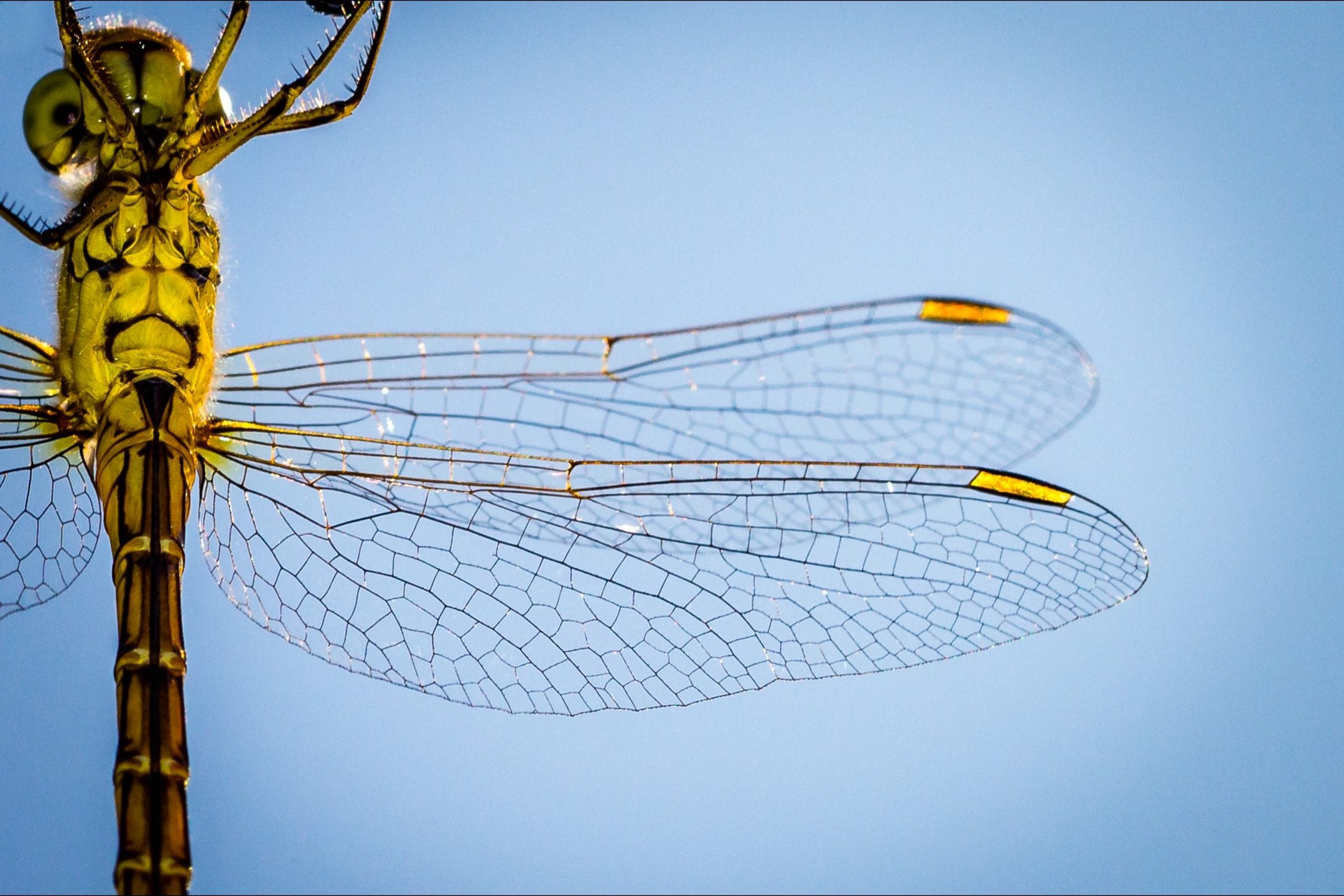Third Place - Middle School
UN Sustainable Development Goals Addressed
-

Goal 1: No Poverty
-

Goal 3: Good Health & Wellbeing
-

Goal 6: Clean Water & Sanitation
2024 Youth Design Challenge
This design concept was developed by participants in the Institute’s Youth Design Challenge. The descriptions below are from the team’s competition entry materials.
School: Stratford Prepatory Blackford
Location: San Jose, CA, USA
Coach: Aarthi Janakiraman
Team Members: Vansh Gutgutia, Kavin Vittal, Ryan Reshadi

Innovation Details
Poor sanitation has a staggering effect on human health and well-being around the world. To address this issue, team BioBlackford from San Jose, CA designed a low-cost self-cleaning panel, the Anisoptera Panel. The team took inspiration from the panel’s namesake, the Latin word for dragonfly, by mimicking the microscopic spikes on dragonfly wings, which kill bacteria and prevent infection. Another inspiration was the superhydrophobic surface of lotus leaves, which enables the leaves to repel water and debris. To connect their panel to existing walls, the team mimicked strategies of adhesion used by mussels. The team hopes that their innovation can reduce the amount of deaths from bacterial infection and the spread of disease in communities across the globe.
What is the problem your team solved for this challenge? What is the problem addressed? How is the problem connected to the selected SDG?
We tackled the lack of affordable sanitation solutions, creating a self-cleaning panel that eradicates pathogenic bacteria. Its low-cost production, using inexpensive materials, allows easy integration onto existing walls. Our product aligns with United Nations Sustainable Development Goal (SDG) 1.5, enhancing resilience for vulnerable populations. By preventing disease outbreaks, we address SDG 3.3 (eliminate epidemics). Additionally, our method solves SDG 6.2, providing accessible and cost-effective sanitation solutions.
How was your solution inspired by nature? What (at least two) organisms did you learn from? How effectively did you combine the biological strategies for the final design?
Inspired by the lotus, dragonfly, and mussel, our panel features a lipid-polymer coating for superhydrophobicity, mimicking the lotus’s wax that repels water and contaminants. The coating’s nonpolar nature ensures zero adhesion with water, forming droplets that slide off and clean the surface. It also withstands harsh conditions. We use L-DOPA, like mussels, for solid adhesion and oxidation resistance. The dragonfly’s structural integrity and bactericidal spikes are replicated in our panel’s design, offering durability and microbial defense. These ideas were effectively combined into a durable, innovative, self-cleaning panel.
What does your design solution do? How does it solve or mitigate the problem you selected? How did what you learn inform your design?
Sanitation in developing nations faces challenges due to high costs. Walls can harbor bacteria, leading to deadly outbreaks in places without proper antibiotics. Our innovative panel, inspired by nature’s lotus leaf, dragonfly wings, and mussel adhesive, combats this. It is constructed with nonpolar molecules and repels water, while microscopic spikes destroy bacteria. The durable, overlapping plates are secured with a waterproof, L-DOPA-based adhesive. This design ensures pathogens and contaminants are efficiently repelled, minimizing infection risks. Implementing our solution could significantly reduce the 7.7 million annual deaths from bacterial infections, marking a breakthrough in public health and hygiene.

